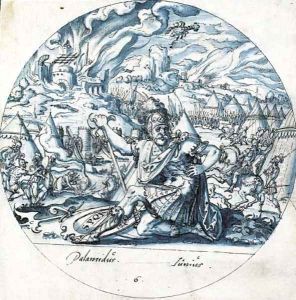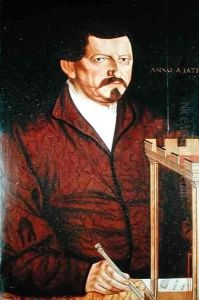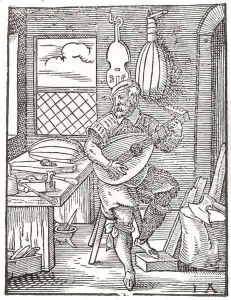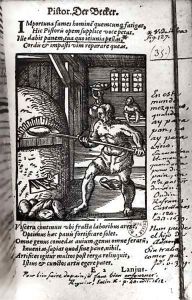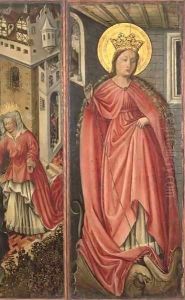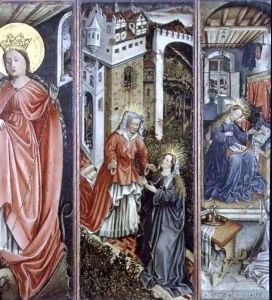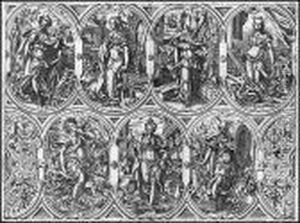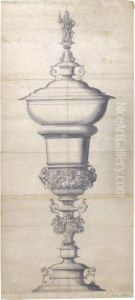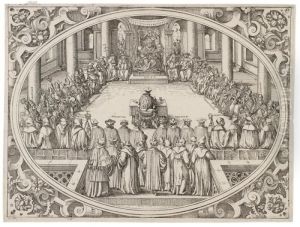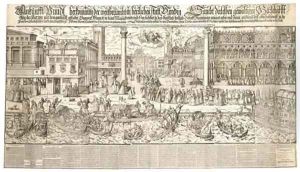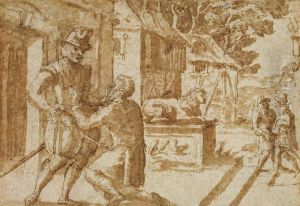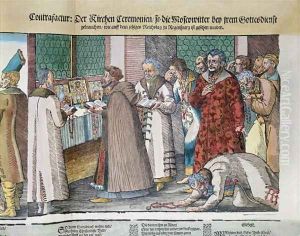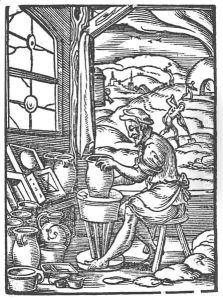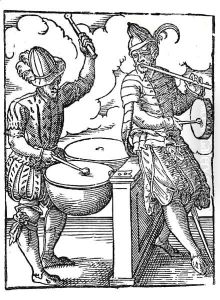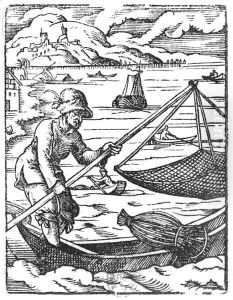Jost Amman Paintings
Jost Amman was a Swiss-German artist, celebrated as one of the last major representatives of the Renaissance in Northern Europe. Born in Zurich, Switzerland, in 1539, Amman showed artistic talent at an early age. He moved to Nuremberg, Germany, in 1560, which was then a center of art, culture, and commerce. His move to Nuremberg marked the beginning of his most productive period as he became one of the leading artists in the city, following in the footsteps of Albrecht Dürer, who had greatly influenced the artistic scene there.
Amman was a versatile artist, adept in engraving, etching, and woodcutting, in addition to being a painter and draftsman. He became well-known for his book illustrations and print series. His works were characterized by their intricate detail and lively subjects, often reflecting the society and fashions of the time. He was also noted for his portraits, which included both prominent societal figures and common people.
One of Amman's significant contributions was his work on the 'Book of Trades' (Ständebuch), first published in 1568, which he executed in collaboration with the publisher and writer Hans Sachs. This book provides an invaluable pictorial record of the crafts, trades, and practices of the 16th century. He also took part in the production of costume books, which were becoming popular at the time, documenting contemporary clothing styles across different regions and social classes.
Despite his success as an artist, little is known about Amman's personal life. He never married, and there are few records of his interactions with other artists or patrons. His work, however, left an indelible mark on the art world, and his illustrations continued to be reproduced and admired long after his death in Nuremberg in 1591. Amman's legacy lies in his detailed observation of contemporary life and his ability to capture it in a variety of mediums, making him an important figure in the panorama of Renaissance art.
